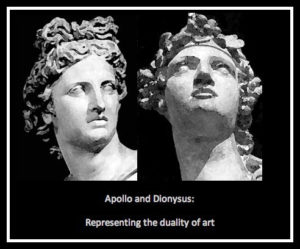Planning or Not Planning
So much has been said and written about this topic, that it is almost fruitless to comment. All you need do is Google the topic and you will find countless analyses of the benefits of plotting or “going by the seats of your pants” (Colloquial: pantsering).
But beware, the writer’s subjective preference will reveal itself, if you do this. James Patterson, for example, is on the side of plotting as a first step. He creates detailed outlines of his narrative before starting to write the novel.
What Genre is It?
The genre chosen by the author to write in, will determine to a great extent which approach s/he chooses. Fantasy writers and detective story writers will likely employ plotting as the favoured approach. However, not always. Kate Atkinson writes detective stories, but she is also a wizard with character. She seems to bridge the gap between the two categories, so it’s not clear how she starts out.
Australian “Pantsers”
Australian Kate Grenville and many other writers, especially female writers, prefer writing in segments (scenes? chapters?) based on vivid characterisation and “zingy” writing, as she calls it. An example of this style of writing is in Tirra Lirra By The River by Jessica Anderson (1916-2010). See my post on this blog at: https://www.anneskyvington.com.au/tirra-lirra-by-the-river-by-jessica-anderson/.
I, too, belong to the non-planners—to those who like to explore character rather than plot—in the initial phase
It is almost, but not quite, a distinction between “female” versus “male” authorial approaches. This is not as sexist as it sounds, if taken in the Jungian sense of “eros” versus “ego”, and “anima” versus “animus”. That is, we are all made up of dual personas, and we’d be advised to take into account both of these aspects when creating stories. Take not, too, that the segment based writing seems to mirror the coming of modern movies and script writing for the cinema.
Dionysus Versus Apollo

If you get caught up totally in the “Dionysiac” lust and chaos of pantsering, you might get stuck, and fail to finish or to reach potential. You then must appeal to the “Apollonian” side, relating to “the rational, ordered, and self-disciplined aspects of human nature”.
However, too much planning may stunt your style, especially if you are a creative and imaginative type.
See Wikipedia on this dichotomy of “the struggle between cold Apollonian categorization and Dionysiac lust and chaos“.
One Foot in Both Camps
It is best, if at all possible, to remain with one foot in both camps, like partners in a successful “marriage of equality”, in order to produce a brilliant work of art. That is, start off with one approach, but pay homage to the other at some stage.
For myself, I like to start off as a “pantser”, at least for the first draft, or perhaps up until halfway or three-quarters of the way into the novel. At some stage, I must take an opposite tack, and do what the planners do: Consider where I am going, draw a timeline and ask questions about structure, narrative arc and beginning and end goals. I may even ask some of these questions early on, without, however, following a strict plan.
Passion and Conflict: a metaphor for writingWriting is about passion and conflict. Like a marriage of equals based on love, it is also about a certain amount of compromise, as well as experimentation. One might adhere to each of the approaches described above, at different times of the writing process. And you, a committed pantser, might attempt to follow a detailed and plotted outline à la James Patterson, just for an experiment one day. See which side of the fence fits you naturally. Then explore the opposite approach.






[…] Post you’ll love: To Plot or Not to Plot? […]
Thanks for this comment, Brent. And thanks to The 100 Best Websites for including my blog within the Creative/Craft component.